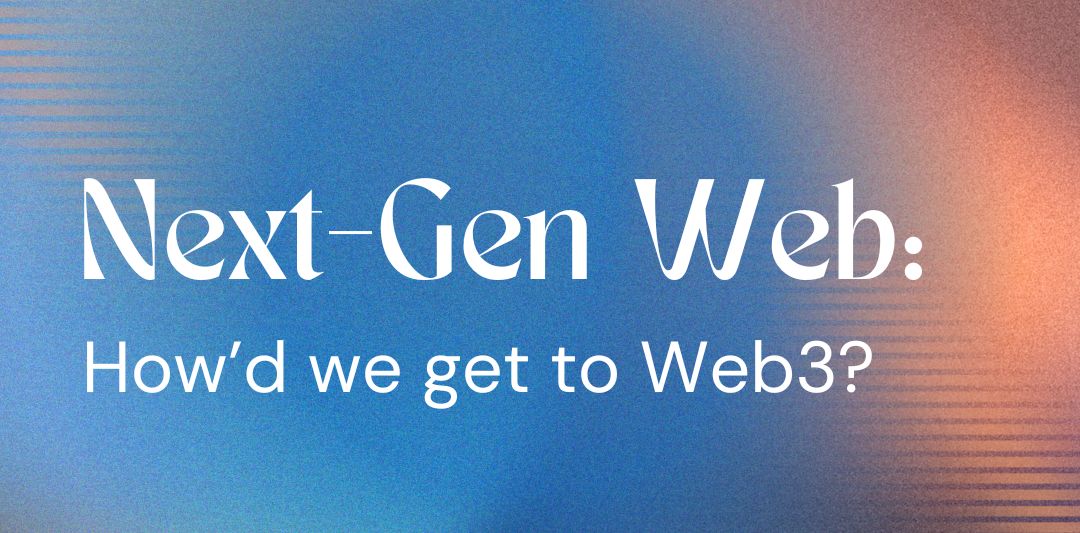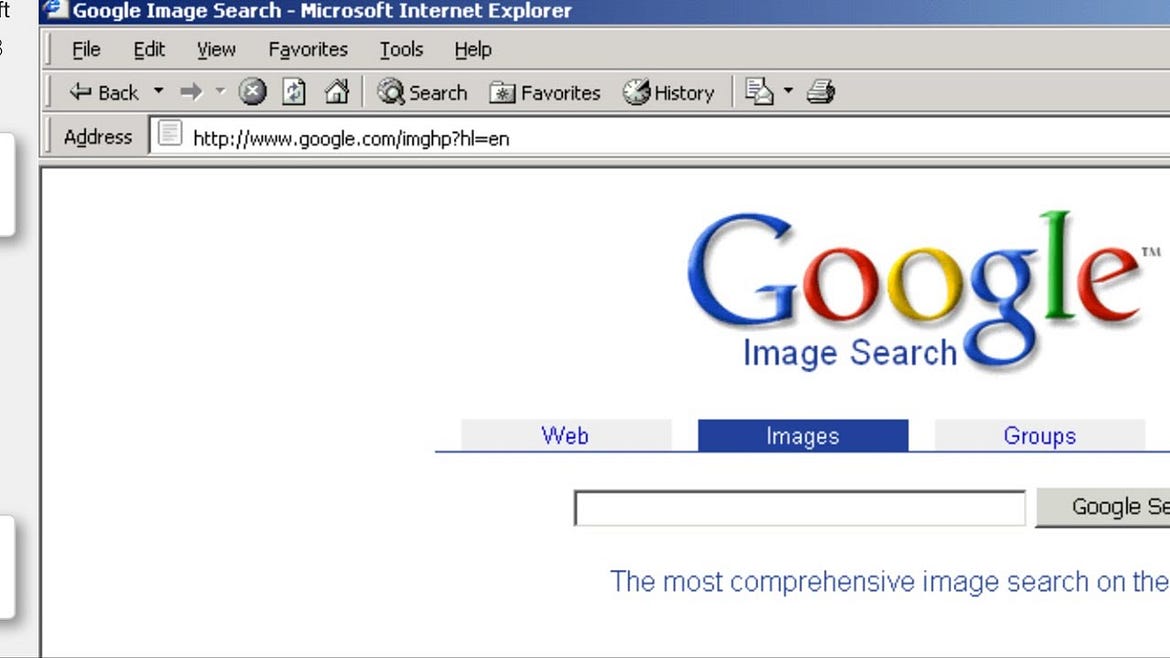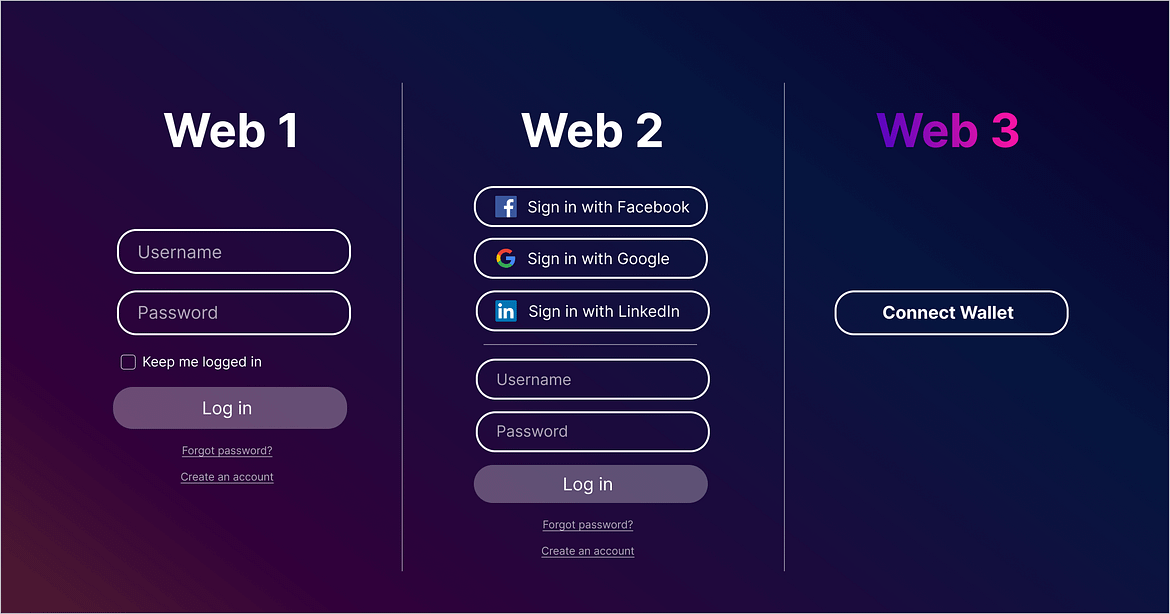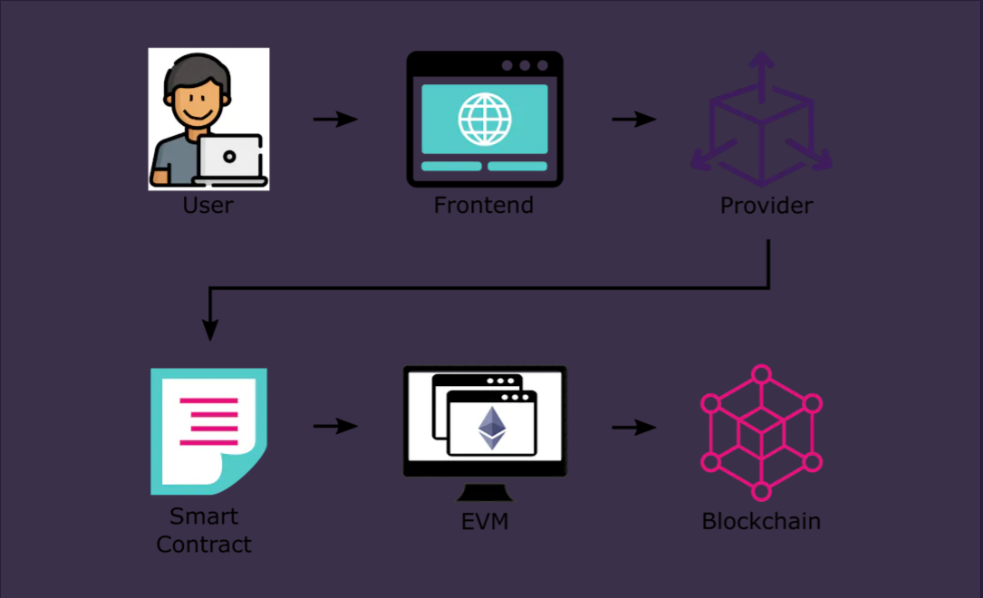Next-Gen Web: How’d we get to Web3?
 The Wallstreet DAO
The Wallstreet DAO
Ever heard of Web1?
Let’s start with Web1, the early days of the internet. Picture it like this:
Old School Browsing: Remember when you used Internet Explorer to search for stuff? Web1 was all about getting information from the internet. You’d type a query, and you’d get back a bunch of static pages with info. 📜
One-Way Street: You could look up information, but you weren’t really contributing or interacting much. The flow of information was just one-way: from the web to you.

Old school browsing
Enter Web2: The Interactive Web
Then came Web2, which transformed the internet into the interactive platform we use today:
Social Media Boom: Platforms like Instagram, Facebook, and Twitter took off. Now, not only could you get information, but you could also post your own content, share photos, and interact with others. 🌐
Bidirectional Flow: Information started flowing in both directions. You shared updates, liked posts, and engaged with content. Web2 made the internet more dynamic and interactive.

Image from Tailor Brands
Why Do We Need Web3?
Web2 is cool, but it has its drawbacks. Let’s look at a common use case to understand why Web3 is coming into play:
The Instagram Scenario: You search for a dress online. Later, you see ads for that exact dress on Instagram. How does this happen? Well, your data is being sold to marketers by Facebook. 🎯
The Problem: Your personal data is being collected, sold, and used to target ads at you. You might even buy the dress, but you get no benefit from the data trade. It feels a bit unfair, right?

What is Web3?
Web3 is the next big thing, aiming to fix some of the issues with Web2:
Decentralization: Instead of big companies like Facebook controlling everything, Web3 uses blockchain technology to distribute control across many participants. It’s like democracy over monarchy.
User Control: In Web3, you own your data and digital assets. Instead of your information being sold off, you control who sees it and how it’s used. It’s your data, your rules. 🔐
Smart Contracts: These are self-executing agreements coded into the blockchain. They automatically carry out transactions and enforce rules without needing a middleman. 🤖

Image from Thirdweb
Architecture of Web2 vs. Web3
Web2 Architecture
In Web2, the architecture typically involves:

Image from Moonbeam
Frontend: This is the part of the website or application that users interact with directly.
Backend: This includes the server-side logic that processes requests from the frontend. It handles tasks like authentication, data processing, and application logic.
Database: Web2 applications rely on centralized databases to store data. Databases like MySQL, PostgreSQL, or MongoDB are used to manage user data, content, and application information.
Servers: These are the physical or virtual machines that host the backend code and database. Servers manage requests from users, run the application logic, and serve the frontend content.
Web3 Architecture
Web3 introduces some key changes:

Image from Moonbeam
Frontend: Similar to Web2, but often interacts with decentralized applications (dApps) instead of centralized servers. The frontend connects to smart contracts and decentralized networks. 🌟
Smart Contracts: These are self-executing contracts with the terms of the agreement written into code. Smart contracts run on blockchain networks and handle transactions and logic without intermediaries. They replace some of the backend functions of traditional Web2 architecture. 🔗
Blockchain: The decentralized ledger that stores data across a network of nodes. Blockchain provides transparency and immutability, meaning data is distributed and not controlled by a single entity. ⛓️
Decentralized Storage: Instead of using centralized databases, Web3 often utilizes decentralized storage solutions like IPFS (InterPlanetary File System) to store and share data across a network. 📂
Nodes: Instead of traditional servers, Web3 relies on a network of nodes (computers) that maintain and verify the blockchain. Each node holds a copy of the blockchain and helps process transactions. 🌍
Ready to Dive Deeper?
Now that you’ve got a basic understanding of the transition from Web2 to Web3, why not dive even deeper? If you’re excited about exploring Web3 and want to get a more comprehensive grasp of the fundamentals, check out this course:
Transition to Web3: Course 1 — Web3 Fundamentals
Well then, catch you on the flip side — WAGMI, folks!
Subscribe to my newsletter
Read articles from The Wallstreet DAO directly inside your inbox. Subscribe to the newsletter, and don't miss out.
Written by

The Wallstreet DAO
The Wallstreet DAO
🚀 The WallStreet DAO 📍 KL University, Hyderabad 🔗 Web3 + Finance Innovators